A travel story from Taiwan By Tingwen Cheng Taiwan is situated on the edge of the West Pacific surrounded by Mainland China, Japan, and the Philippines. Due to Taiwan’s key geographic location at the crossroads of East Asia and Southeast Asia, this island has been inhabited by successive foreign forces from The Netherlands, Spain, Mainland China, and Japan since the 1700s. Before Dutch and Spanish established their authority in Taiwan in the early 1700s, aboriginal Austronesians were the major ethnic group on this island. However, indigenous people have experienced a sharp shrinking of population, varying degrees of loss of language and original cultural identity through a series of policies conducted by colonizing administrations, such as the Dutch East India Company, the Japanese Governors-General of Taiwan, and governments from Mainland China. Nowadays, the main ethnic group in Taiwan is Han Taiwanese, followed by new immigrants from Southeast Asia and indigenous people. Taiwan is developing into a multi-ethnic, multicultural, and diversified society that is open to travelers from all over the world. THE CITYSCAPE OF TAIPEI Taiwanese culture Taiwanese culture, as a result of its complicated history, is a synthesis of indigenous culture, traditional Chinese culture, Japanese culture, and post-World War II American culture. In a nutshell, Taiwanese culture has kept the traditional Chinese culture while remaining receptive to other cultures. Taiwan, for example, became the first Asian country to legalize same-sex marriage in 2019. So, don’t worry travellers, simply be yourself in this land. Apart from vibrant customs and a rich cultural experience, Taiwan also boasts wondrous vistas, ranging from high mountains to plains to the Pacific coast. Taiwan’s landscape is quite diverse as a result of its unique geographical location — at the junction of the Eurasian and Philippine Sea plates. As a result, all types of travelers may easily find their cup of tea, whether they choose to plunge in the blue waves or hide in the greens. LEFT: A DEVOUT OLD MAN WORSHIPPING IN A TEMPLE, RIGHT: CHI CHIA-WEI, THE FIRST PERSON IN TAIWAN TO COME OUT AS GAY ON NATIONAL TELEVISION Tips & Tricks Many languages are spoken in Taiwan, such as Hakka and indigenous languages. The main two are Mandarin and Taiwanese Hokkien. Outside of urban regions, English is not often spoken or utilized on signage. People may have trouble communicating in English, even with basics, though younger locals may be more confident. But don’t worry, travellers may rely on some apps if necessary, as public wifi is virtually always available and usually free. Additionally, the Taiwanese people are incredibly nice and welcoming, and on many occasions travelers were approached by locals who offered to help them if they showed signs of confusion or distress. FOOD CHOICES IN TAIWAN Taiwan’s food choices are diverse regardless of origin and also approachable regardless of the time of day. Regarding travelers with dietary restrictions, here is some information you might find interesting. Vegetarianism is widespread in Taiwan, owing to the great influence of Buddhism in Taiwan. Additionally, a large government push and non-governmental organizations encouraged residents to dine vegetarian once a week to help reduce meat consumption. This is quite successful, and as a result, vegetarian restaurants providing regional dishes can be found throughout the country. Due to the fact that Taiwan’s economic development requires a significant amount of employees for various labor-intensive industries and infrastructural development, inflows from Southeast Asian nations have increased since the 1980s. Additionally, there is an increasing number of Muslims residing in Taiwan. Thus, Halal cuisine and Muslim eateries are also easily available, particularly around railway stations, which are frequently home to Muslim congregations due to their handy location. Allergies and intolerances, on the other hand, may be a little more difficult to convey — given the country’s reliance on soy and gluten in vegetarian cooking, they are pretty frequent in any sort of restaurant. Peanuts and sesame seeds are also frequently used as garnishes on a variety of meals, so people with allergies or intolerances should exercise caution when dining in Taiwan. Go Local, Go Rural When people think of Taiwan, they frequently think of well-known tourist attractions such as Taipei 101 — a well-known landmark in Taiwan; the National Palace Museum — a world-class museum housing an eclectic collection of treasures amassed by generations of Emperors ruling from the Forbidden City; or Alishan — a high mountain renowned for its famed sunrise over a sea of clouds. While these tourism destinations indeed showcase Taiwan’s natural beauty and cultural diversity, they also draw a sizable international audience. As a result, some tourist destinations are overcrowded, and some have been criticized for becoming too commercialized and losing their cultural identity. Therefore, if you want to appreciate the beauty of Taiwan and have an authentic travel experience, my advise is to go local and go rural. A SHOT OF NIGHT MARKET IN TAIWAN Rural regeneration When going rural, it is recommended to focus on a single rural community at a time and immerse yourself in the local culture. There are 134 rural townships in Taiwan, and their local cultures are diverse. Classification by ethnicity: there are Hoklo, Hakka and indigenous communities, and Military dependents’ villages. Classification by local specialties: there are tea (e.g., Maokong, Lugu, Pinglin), wine(e.g., Nantou, Puli, Wuri), rice (e.g., Chishang, Fuli, Wufeng), ceramic (e.g., Yingge) as well as wood carving communities (e.g., Sanyi) and more waiting to be discovered. A CASE OF RURAL REGENERATION: RAINBOW VILLAGE IN TAICHUNG Apart from the aforementioned local communities, there are more emerging rural villages in Taiwan as a result of the Rural Regeneration (在地創生) initiative that began in the 1980s. Taiwan’s government introduced the movement of Rural Regeneration to alleviate the divide between urban and rural areas. As metropolitan areas develop, young people migrate to larger cities in quest of opportunity, while local industries decline and local cultures erode. To address this rigorous situation rural communities faced, the government enacted a series of regulations in the 1980s, such as One Town One Product in 1981 (OTOP, 一鄉鎮一特色), Community Empowerment/Development in 1994 (社區總體營造), and Rural Rejuvenation in 2010 (農村再生計畫). Rural regeneration legislation have been in place for years with the primary goal of rural sustainable development, which affects communities and indirectly draws a large number of tourists. Community-based tourism, in particular, has recently accelerated the rural economy’s growth, improves the rural environment and infrastructures, and also creates numerous job possibilities and accelerates local communities’ wealth. As a result of the return of young people, local cultures have been rejuvenated, and local communities have preserved vibrant traditions as well as fostered new cultural identities. Following that, I’d like to share a travel story with you; it’s about a tea community in Maokong. Tea communities in Maokong The Taipei basin is surrounded by hills, many of which offer excellent hiking opportunities. Maokong, tucked away in the hills of Wenshan District, was previously Taipei’s major tea-growing location. While tea is still grown there, this renowned neighborhood in the city’s southeast is best known for its tea culture, with people flocking to sample and learn about their beloved beverage. The tea culture in Maokong Dates back to the late 19th century and the most famously Zhang Nai-miao, an immigrant from Mainland China. He discovered that this particular mountain area’s moist climate and good soil perfectly suited the strains of tea grown in his hometown —the tea-growing region of Anxi in Mainland China’s Fujian Province. Zhang introduced Ti Kuan Yin, a variety of premium Chinese Oolong tea, grows in the mist-covered alpine environment surrounding Maokong. It isa delicate and aromatic tea that ranges in strength from mild to strong, with notes ranging from grassy to floral depending on the amount of time it’s oxidized. In the early 20th century, Maokong was a huge producer of Ti Kuan Yin and Oolong tea, with locally grown crops exported all over the world. However, as Taipei City developed and the local economy transformed, tea plantations in Maokong experienced difficulties since the 1980s. As the area’s economy deteriorated, several tea plantations, after decades of selling their leaves to merchants in the city, experimented with constructing teahouses in an attempt to entice city inhabitants up into the hills. Given the success of several initiatives in Maokong, tea farmers came together and partnered with the Taipei Municipal government, non-governmental groups, and professionals and students from national universities. The Tea community in Maokong has been regenerated and is pursuing sustainable development through community-based tourism (CBT). Nowadays, Maokong has dozens of tea plantations where travelers can learn about the tea-making process and teahouses where travelers can participate in a ceremonial tea presentation, in addition to farm-owned businesses and temples. Additionally, it offers spectacular views of Taipei City. (for more information check the documentary below: After Maokong) AFTER MAOKONG, COPYRIGHT: CHI-SING ECO-CONSERVATION FOUNDATION Things waiting for you to experience in Maokong Joining a workshop in tea plantations Several tea plantations have recently joined the rural regeneration movement, cooperating with universities to impart tea culture through a variety of workshops. In Maokong, tea plantations collaborated to promote CBT in order to attract visitors to the region’s unique tea culture. Uncle Well Tea Plantation, an organic tea plantation in Maokong, is established by Mr. Chen Wei-Chi in 1991. Uncle Well Tea Plantation provides tea experience courses for the public to learn about the tea-making process and Taiwanese tea culture. Additionally, Uncle Well collaborates with National Chengchi University to host guests from Western countries, with students volunteering as English interpreters. Through sustainable tourism, local communities can share their tea culture with visitors and create awareness of environmental protection. (if you are interested in his story, check the documentary: Afternoon Tea in Taipei City) AFTERNOON TEA IN TAIPEI CITY, COPYRIGHT: CHI-SING ECO-CONSERVATION FOUNDATION Taiwanese Teahouse A TEAHOUSE IN MAOKONG The teahouse in Maokong serves a selection of teas and cuisine that showcase the best of Taiwan. Popular choices include Tie Kuan Yin and “six-season fragrant” (really a “soft-twigged” Oolong) cultivated in this area. Other varieties, such as Baozhong (literally “wrapped sort”) tea from Taipei’s Wenshan District and Dongding (literally “frozen peak”) tea from central Taiwan, are also available. All Maokong teahouses sell tea in one- and two-liang (one liang equals around 37.5 grams) packages and then “rent” tea-making equipment, water, and mosquito coils for a predetermined charge. Customers may provide their own leaves, but will be charged a higher rental fee. Not only may travelers enjoy the gorgeous views during the day at the teahouse, but they can also visit after dark for a stunning night view of Taipei City. TAIPEI CITY AS SEEN FROM MAOKONG DURING THE DAY AND NIGHT Zhinan Temple Zhinan Temple, which combines aspects of Taoism, Confucianism, and Buddhism. The most popular attraction is the Chunyang Shrine, which is devoted to Lu Dong-bin, one of the Taoist tradition’s “eight immortals.” At dusk, the Temple is at its most evocative, as thousands of paper lanterns bathe worshippers in a scarlet glow. ZHINAN TEMPLE U-Theatre is one of the most renowned performing arts troupes in Taiwan. The U-Theatre Mountain Open Air Theatre, where members train and perform, was Taiwan’s first open-air amphitheater. The ensemble performs here once or twice a year, and tickets must be reserved in advance. From the theatre, you can view Taipei 101 in the distance and sense the actors’ vitality in the middle of nature’s embrace and the powerful harmony between people and nature. On non-performance days, the wooden structures in which members of the theatre practice are closed to the public. U-THEATRE IN MAOKONG
The Mountain Theater of U Theatre


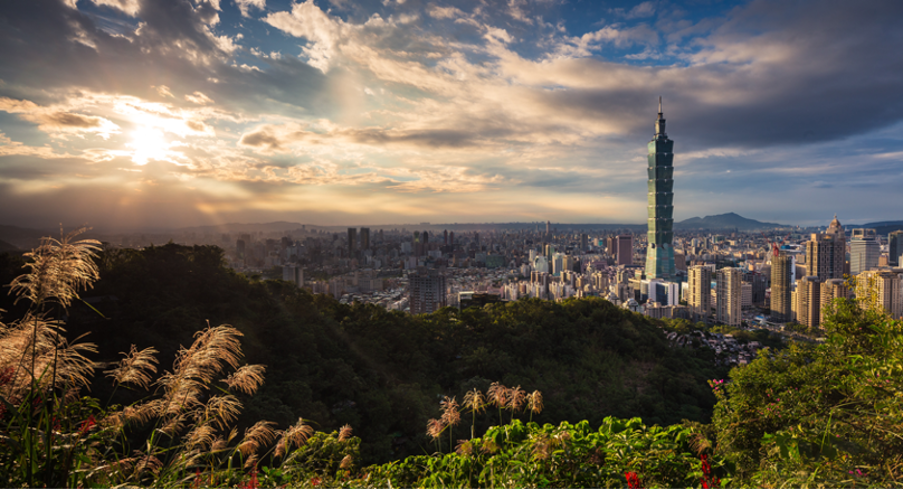
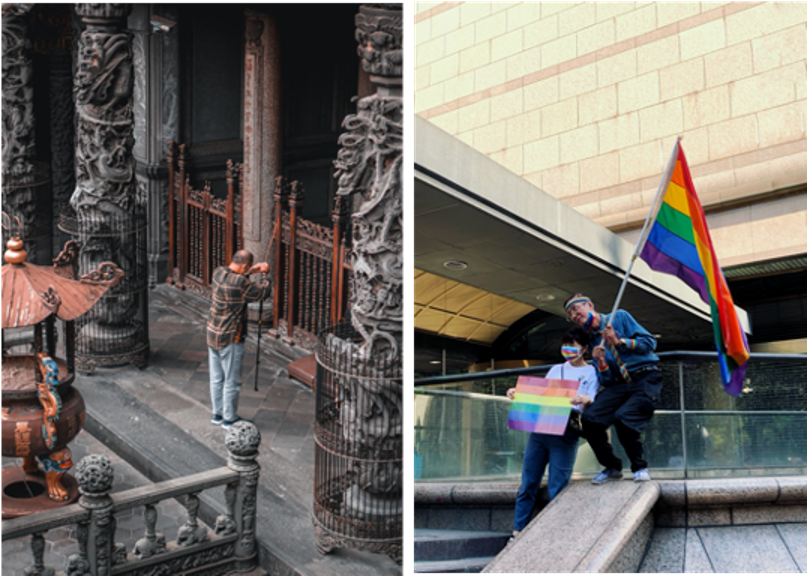

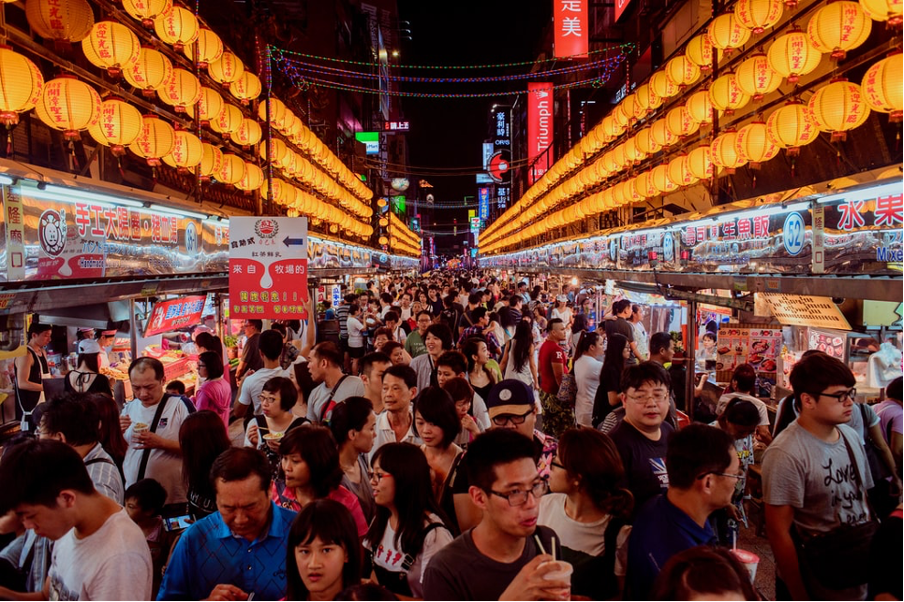
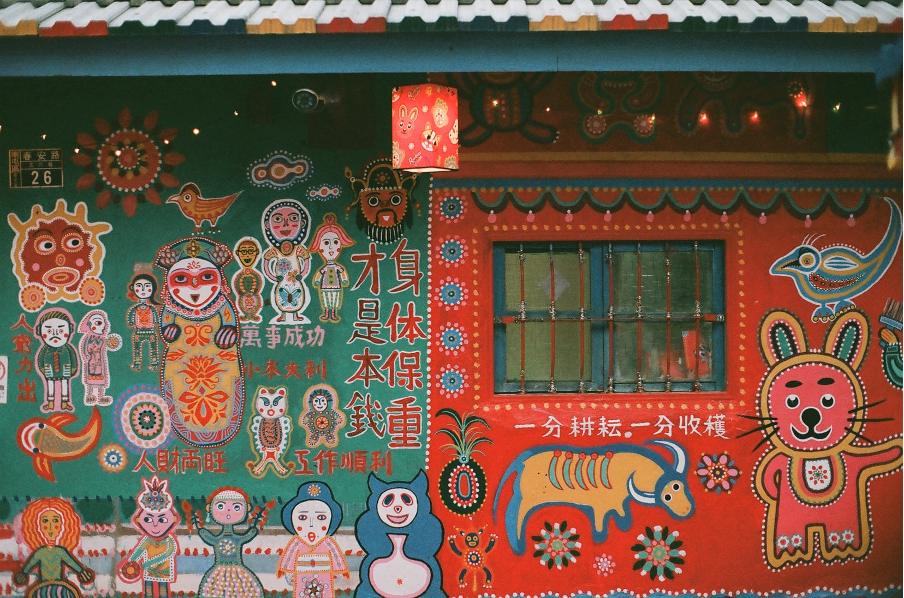
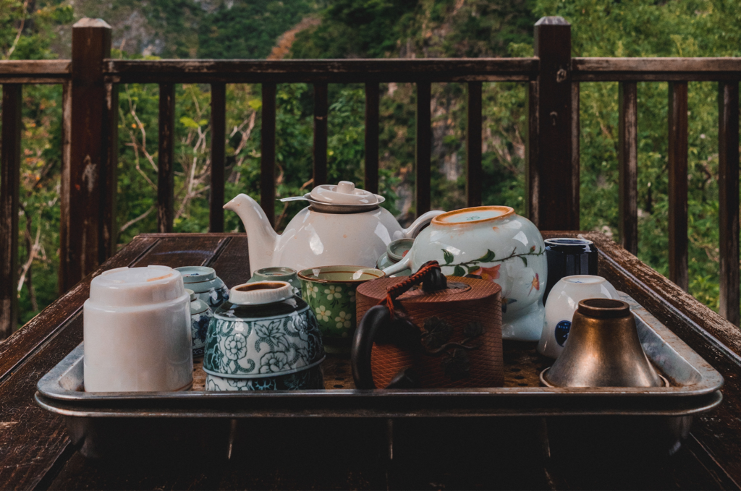

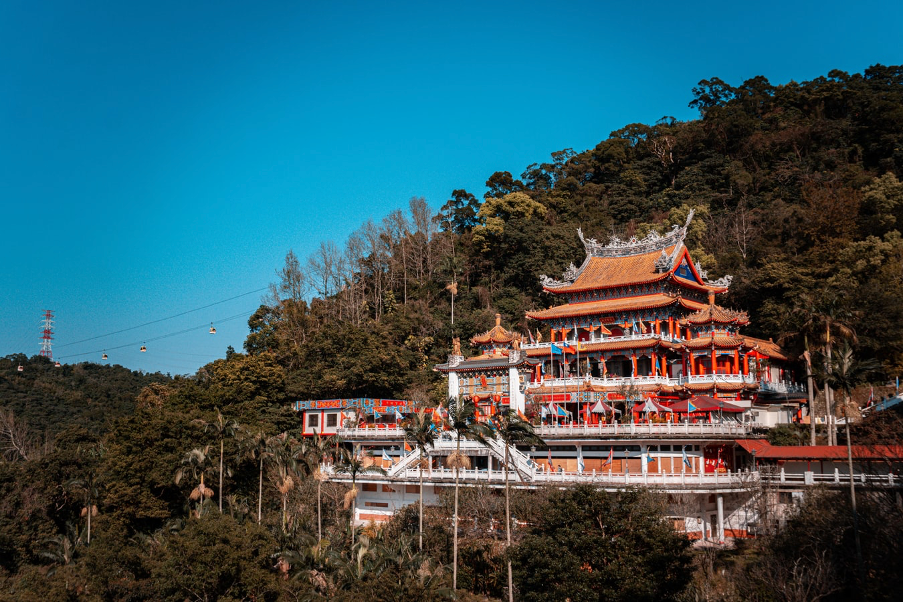
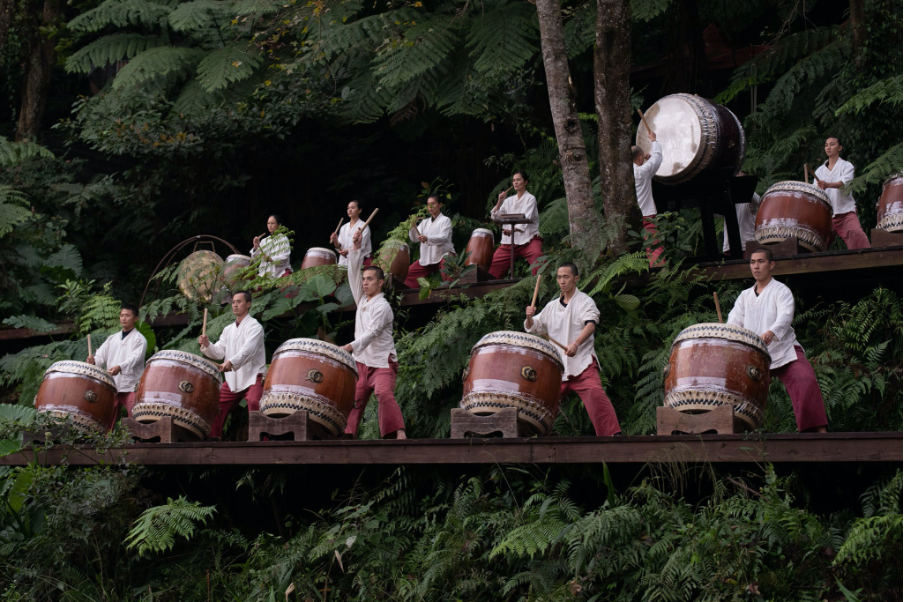
This Post Has 0 Comments